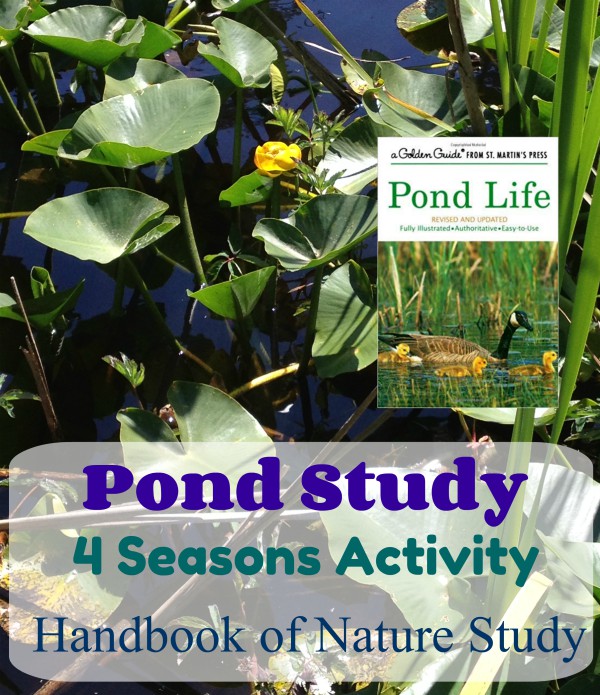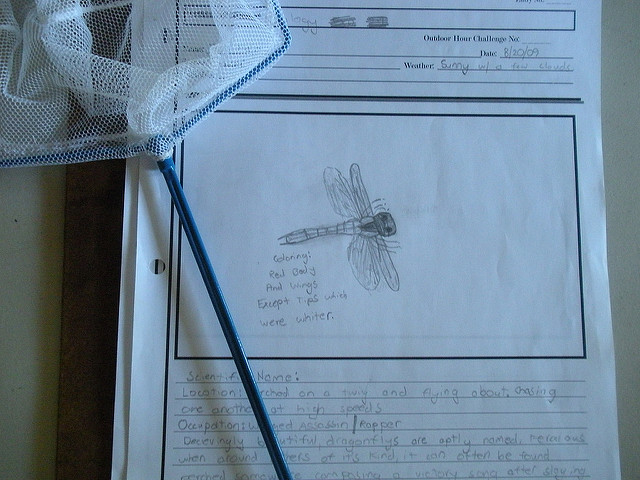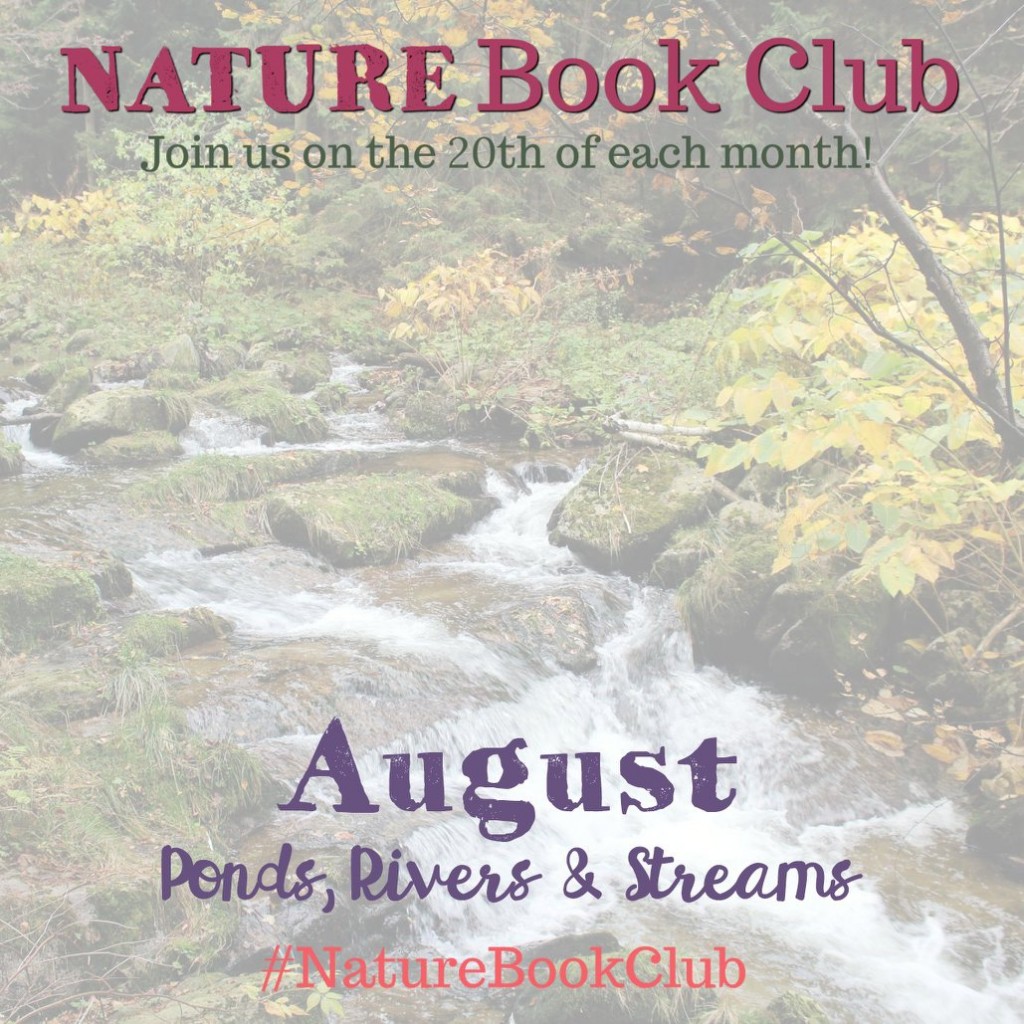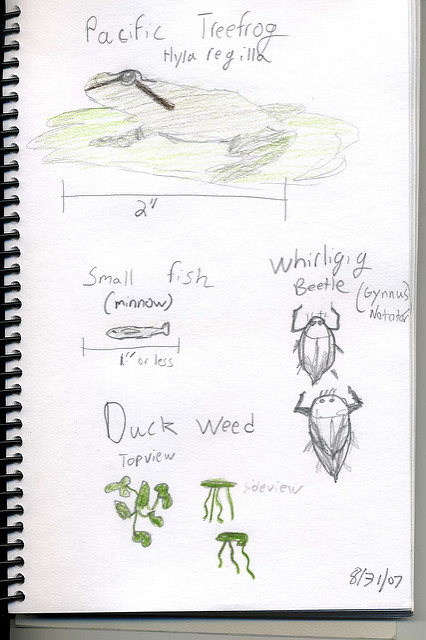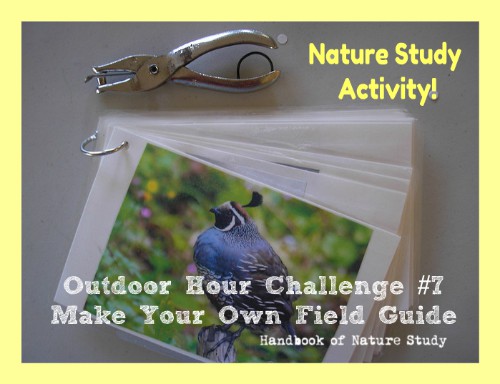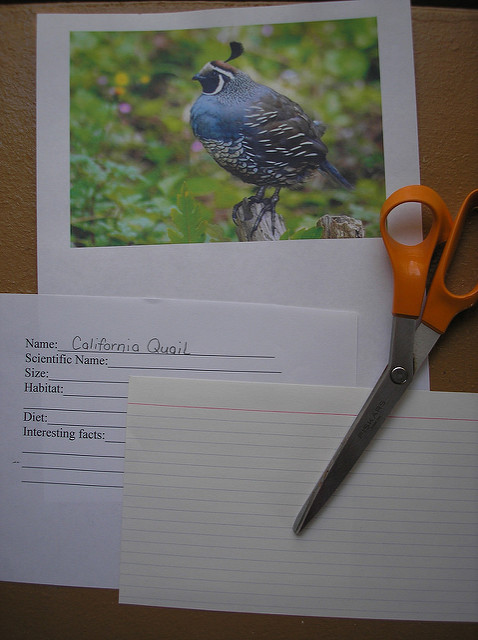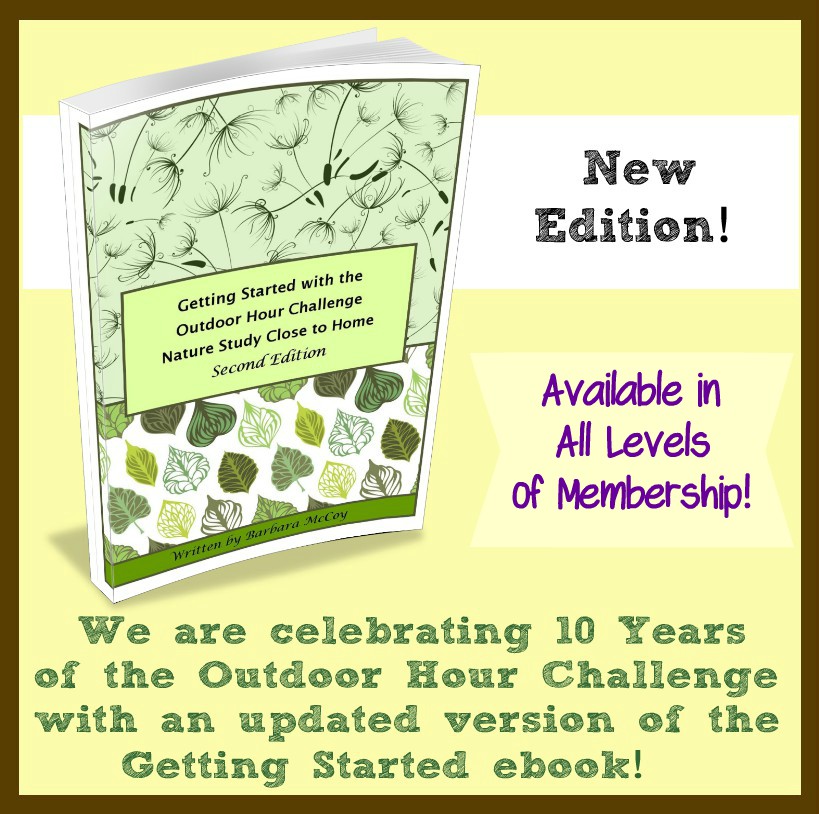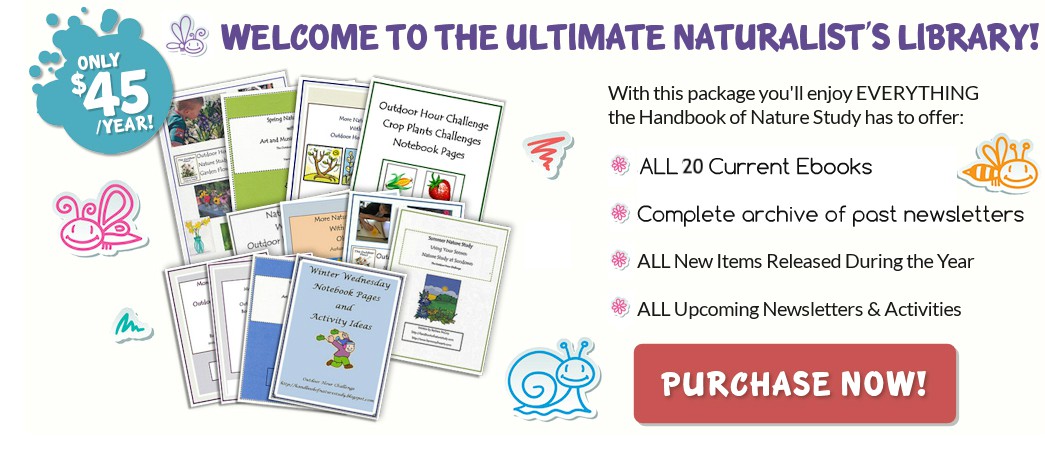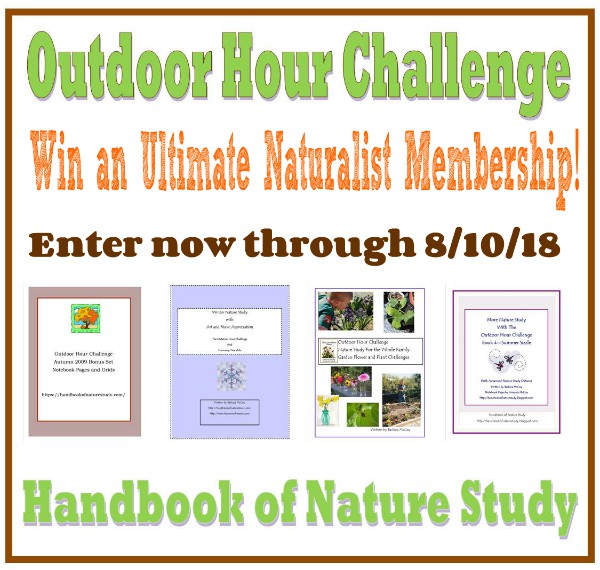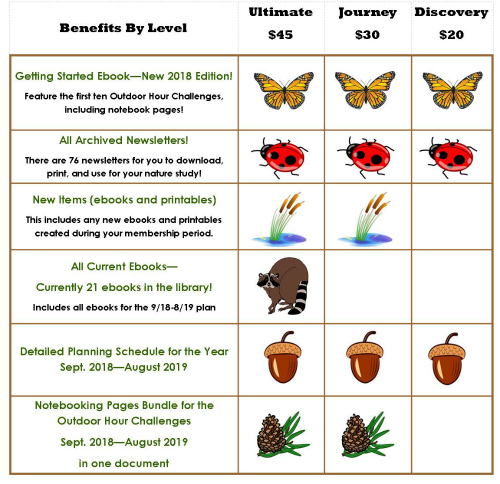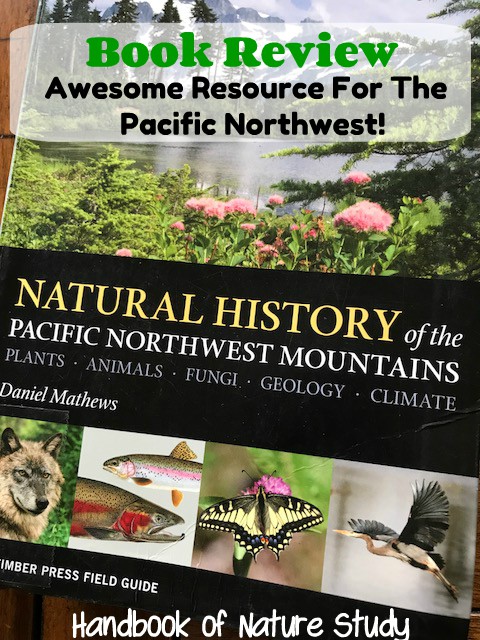Handbook of Nature Study
Nature Book Club – August
Seasonal Pond Study with Printables
The theme of the link-up for August is Water – River, Stream, Pond. I decided to share one of the books that we used for our study of local ponds. This compact book is a terrific source of information for all ages. It’s detailed enough for an older student to use as a reference and it has colorful illustrations that will capture the interest of younger students.
Here’s the book I’m featuring: Pond Life – A Golden Guide
You can look for it at your public library or it’s available from Amazon (note that I’m an Amazon affiliate and there are affiliate links in this entry).
You can use this as a reference book or field guide during your pond study. Or, read a few pages a week over a longer period and learn about pond life in preparation for a future pond study. There are sections for plant life and animal life in this book, including birds, reptiles, fish, and mammals. In addition, there are simple illustrations for really small things you might collect in pond water, looking at them up close with a magnifying lens or microscope.
We have owned and read this book several times during our homeschool studies. I’ve kept it in our nature library even now as a quick way to learn more about things we see in our own pond/stream.
Nature Journal Page (shown above) Printable Link
“Almost any of the fishes found in a brook or pond may be kept in an aquarium for a few days of observation in the schoolroom. A large water pail or a bucket does very well if there is no glass aquarium. ”
Handbook of Nature Study, page 145
Seasonal Pond Study with Printables
Use this notebook page to record your pond study observations and then revisit your pond in each season to compare plants, insects, birds, fish, reptiles, and amphibians.
Printable Seasonal Pond Study Notebook Page
As a bonus, I’m including the Summer Pond Study notebook page and the Pond Study Grid from the August 2011 Newsletter!
Additional Links
Here’s another idea for the field: Guide to Pond Dipping(YouTube video). I also found this excellent resource for identifying things you find when you scoop your pond water: Simple Guide to Small and Microscopic Pond Life.
Make sure to subscribe to my blog to follow along with our weekly nature study activities.
Note: This post is part of a monthly series of posts I’m writing as part of a fantastic group of nature loving women who I’m linking up with on the 20th of each month. There’s a topic of the month and we’ll all share a book and activity that goes along with that theme. Use the linky tool below to share your own nature walk related links this month too.
Check out these other links for more nature walk ideas from Nature Book Club Co-Hosts!
Sensory Bin and Observation Notebooking Page from Jenny at Faith & Good Works
Pond Life Printable Pack from Emily at Table Life Blog
Aquatic Science Studies: 10 Activities for Teens from Eva at Eva Varga
Above and Below a Pond Unit Study and Lapbook from Tina at Tina’s Dynamic Homeschool Plus
Online Book Study about water cycle from Dachelle at Hide the Chocolate
STEAM Challenge – Does Water Ever Flow Up? from Erika at The Playful Scholar
Who Was?® What Was?® Where Is?® Book Series: Where is the Mississippi River? from Sharla at Minnesota Country Girl
Past Month’s Themes:

